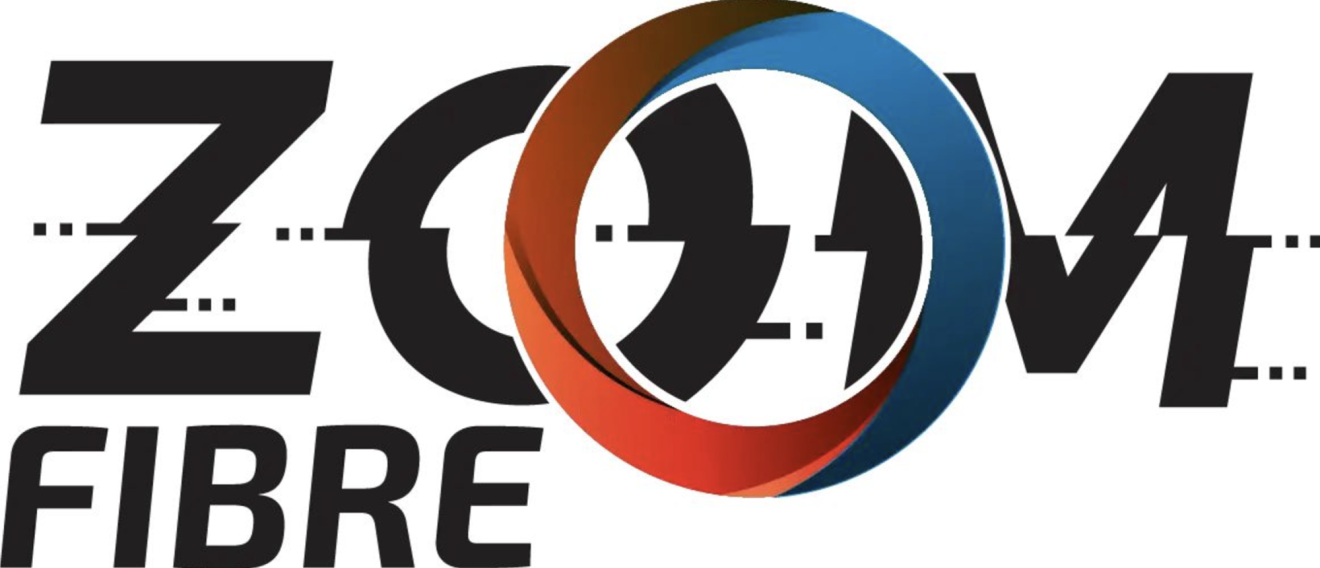Challenge
- The company’s EHS Management Software was too rigid, expensive and difficult to manage.
- Record-keeping was siloed, inaccurate and affecting the bottom line for compliance regulations.
- There was a high volume of reported EHS incidents and substantial workers' compensation payouts.
Solution
- Built a custom solution for incident tracking and safety observations (e.g., injuries, near misses) that includes Job Hazard Assessments (JHA), evaluating tasks and associated risks.
- Documentation of repetitive motions to lower injury risks alongside a custom risk assessment matrix.
- Multi-site EHS dashboards that provide senior leadership with sortable data and metrics by site help the team make data-driven improvements.
- A compliance calendar for annual requirements from EPA, OSHA, and other regulatory entities.
Benefits
- Quickbase significantly reduced injuries from 50 a year to just four in 2023.
- Average workers' comp claim costs dropped from 90% in the Londonderry, NH plant and significantly company wide.
- 64% total cost savings from reduced workers' compensation claims.
- 2023 total recordable incident rate: finished at 1.4, well below the industry average of 3.3.
Environment, health and safety (EHS) management is critical for businesses to mitigate risk and keep workers safe. At Harvey Building Products, a window, doors, and building products manufacturer, an outdated and underutilized legacy system was in place to manage and track health and safety issues and incidents. For a manufacturing company with 2,400 employees operating seven manufacturing sites and 50 distribution centers across the East Coast and Mid-West, they were feeling the pain of poor visibility and management of incidents while paying out thousands of dollars annually for workers' compensation.
To better track compliance incidents and maintain EHS records, Harvey Building Product’s EHS Manager Michael Matthews leveraged Quickbase to address EHS challenges and an outdated legacy system. Since implementing Quickbase, Matthews has built applications to help simplify safety reporting, enhance visual management, standardize work policies, centralize data, and implement and track job hazard assessments. These changes led to an 92% reduction in injury related costs and a significant improvement in safety metrics.

Challenges
Managing and continuously improving EHS performance is a high priority within the manufacturing industry. Manufacturing companies like Harvey Building Products must deal with challenges like machine and equipment hazards, trips and falls, injuries from handling glass, among many others.
Studies have shown that technology and platforms like Quickbase have transformed the way EHS is managed, allowing organizations to use management systems to streamline data collection and reporting, centralize information, improve compliance and enable mobile capability to collect data any time, any place.
Prior to implementing Quickbase, Harvey Industries relied on paper-driven processes that were increasingly disorganized. These processes included critical information such as compliance tracking and incident reporting. This reliance on paper-driven systems led to inefficiencies and poor communication on safety processes. In some cases, the disparate nature of critical safety information led to more injuries.
Matthews says that by relying on paperwork, redundancies were raised in routine safety and incident reporting. Paper-based reports would have to then be manually entered into spreadsheets which also were not well connected with other datasets within the company. If a plant manager or worker called asking for a specific metric, Matthews says he would have to spend hours digging through spreadsheets and forms looking for the data needed.
As part of his role, Matthews realized he needed a better system to manage recordable incidents and safety reports for mandatory Occupational Safety and Health Administration (OSHA) record keeping and compliance.
He needed something he could quickly implement himself that was also cost effective. That’s when he found Quickbase. In working with the Quickbase team, Matthews said he has streamlined EHS reporting by creating a visual-based tracking system within Harvey.

Solution
In working with Quickbase, Matthews was able to calculate recordable rates, Total Recordable Incident Rates (TRIR), Days Away, Restricted or Transferred (DART) and Lost Time Incident Rates (LTIR) – all of which are needed for OSHA record keeping and benchmarking against the industry.
The company is using Quickbase to manage Job Hazard Assessments (JHAs) in two of its seven manufacturing plants. JHAs evaluate manufacturing tasks by breaking them down into steps and assessing risk levels, which are indicated by color codes (green for low risk, yellow for medium, and red for high). The aim is to reduce risks through effective improvements based on these assessments.
Compliance is one of the primary responsibilities of Matthews’ job. There are many rules and regulations set by the EPA, OSHA, city, state, and federal regulations that must be met to stay compliant and keep workers safe.
The paper-driven processes spelled out earlier were not intuitive, nor were they customizable enough to keep up with changing regulations. Data that was essential to reporting to federal agencies took too long to find and was not connected with other datasets. Quickbase has helped to automatically take that data and make it accessible for reporting.
A proprietary matrix has been developed to evaluate risk based on severity and likelihood, highlighting examples like the laceration risk from insulated glass. Multi-site EHS dashboards offer senior leadership accessible data on business performance and safety metrics, tracking OSHA recordable incidents, first aid injuries, and safety observations to identify improvement areas.
A location identified ongoing housekeeping and surface issues, leading to the launch of a Five S program in 2024, guided by data from Quickbase. This data-driven approach highlights areas for improvement, while a compliance calendar ensures annual adherence to regulatory requirements from the EPA and OSHA, reminding the team of necessary inspections and tasks.
The tracking of emissions is another critical aspect, particularly in regions with strict regulations, such as New Hampshire. Daily and weekly tasks associated with emissions are monitored, including volatile organic compounds in paint. Harvey can now efficiently provide this data to state inquiries, greatly improving adherence to a variety of state regulations.
Additionally, checklists have been created to ensure proper procedures around safety and equipment usage are being done properly. These checklists created in Quickbase allow Matthews to see what steps in a workflow haven’t been completed and who needs to take action.
Results
Quickbase has significantly improved safety by helping the Harvey Building Products team reduce injuries from 50 a year to just four. This change has also led to a 90% drop in average workers' compensation claim costs at the Londonderry plant, and significantly company wide. Overall, the company has saved big money in total worker’s compensation claims, reducing them by 64% annually.
Quickbase plays a vital role in identifying and correcting issues to maintain performance. In 2023, the total recordable incident rate finished at 1.4, well below the industry average of 3.3, while the DART rate finished at 0.7, under the target average of 1.2. The system tracks all incidents and safety observations, ensuring that every injury or near miss is documented. For safety observations, all details are recorded, including whether an action was taken, who it was assigned to, and if it was completed. This allows for temporary or long-term solutions to be implemented as needed.
Conclusion
Quickbase streamlined Harvey Industries' safety and compliance procedures, creating tangible improvements in workplace safety and cost efficiency. By improving EHS tracking and compliance, Harvey Industries can save money, keep workers safe, and improve their work quality.




